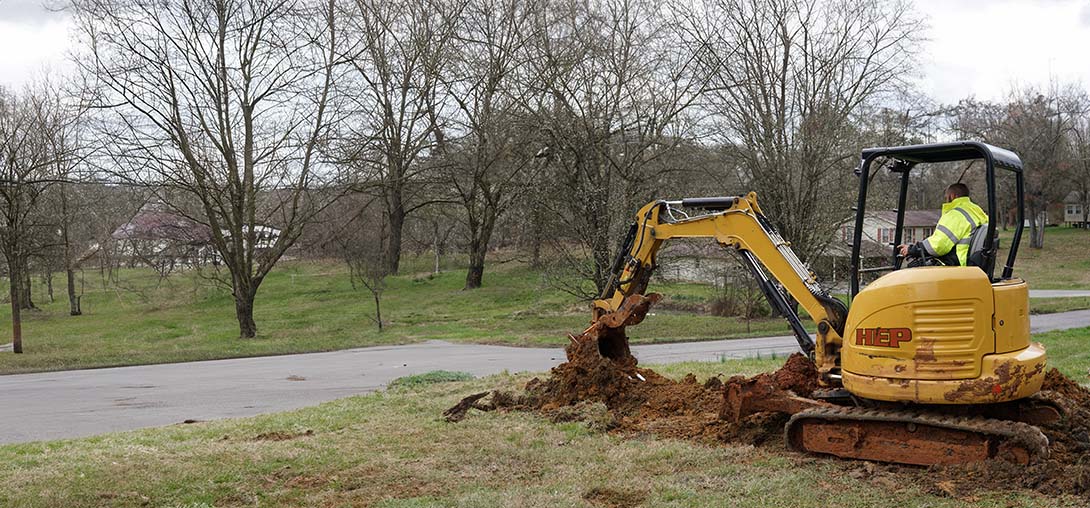- HEP
- Recurring Blockages

 Recurring Blockages
Recurring Blockages
Recurring Blockages | Main Line Issues | Plumbing | Monterey
When Monterey’s salt-tinged air, shifting soils, and thirsty tree roots gang up on your plumbing, the result is often a slow-draining sink or an overflowing clean-out that just won’t stay fixed. HEP’s technicians specialize in pinpointing and resolving main line issues, deploying high-definition sewer cameras and powerful hydro-jetting equipment to clear stubborn clogs without tearing up your garden or historic driveway. We know every minute counts, so our local team arrives fast, explains the problem in plain language, and backs each repair with a satisfaction guarantee.
Whether you’ve battled backups for months or you’re staring at a surprise weekend flood, we’ll track the blockage to its source—roots, grease, aging clay pipe—and craft a long-term solution that keeps wastewater flowing freely. From preventative maintenance plans to trenchless pipe lining, HEP delivers big-city technology with small-town courtesy, ensuring Monterey homes stay pristine and worry-free. Call today and breathe easier knowing your plumbing is in expert hands.
FAQs
What causes recurring blockages in a home’s main sewer line in Monterey?
The most common causes include tree-root intrusion (especially from Monterey pine and cypress), accumulated grease or food waste from kitchen drains, flushing non-degradable items like wipes or feminine products, and pipe scale or corrosion in older clay or cast-iron laterals that are prevalent in many Monterey neighborhoods. Seasonal surges in groundwater and seismic ground movement can also shift pipes and create new snag points where debris collects repeatedly.
How can I tell whether a clog is in a branch drain or the main line?
Branch clogs usually affect a single fixture, while a main-line blockage makes several fixtures back up at once—often the lowest fixtures first (shower, tub, or floor drain). You might also hear gurgling in one drain when another is used, notice wastewater emerging from the clean-out outside, or see toilets refilling slowly. If multiple drains act up simultaneously, it is almost always a main-line problem that requires professional attention.
What should I do immediately if my main line backs up again?
1) Stop running water and avoid flushing toilets to prevent overflow. 2) Check your exterior clean-out (if you have one) and carefully remove the cap to release pressure; water may spill out, indicating a main-line clog. 3) Call a licensed Monterey plumber who specializes in sewer augering or hydro-jetting. 4) If there is water damage inside, shut off electricity in affected areas and contact your insurance carrier as soon as possible.
How does hydro-jetting differ from conventional snaking when clearing recurring blockages?
A conventional cable (snake) bores a hole through the obstruction, restoring temporary flow but often leaving debris and roots on the pipe walls. Hydro-jetting uses high-pressure water (3,500–4,000 psi) to scour the entire pipe circumference, cutting roots, flushing grease, and removing mineral scale. For Monterey’s older clay and cast-iron sewers, hydro-jetting provides a much longer-lasting solution, especially when paired with a follow-up camera inspection to verify full clearance.
Can recurring blockages be prevented, or will I just keep calling a plumber?
Prevention is possible with a combination of good habits and proactive service: • Keep fats, oils, and grease out of kitchen drains—collect them in a can for disposal. • Flush only toilet paper—never wipes, dental floss, or hygiene products. • Install root barriers or schedule annual root cutting if you have large trees near the sewer lateral. • Request hydro-jetting and a camera survey every 12–24 months for older pipes; early detection allows spot repairs or trenchless lining before a total collapse occurs.
Does Monterey’s coastal environment affect my sewer line longevity?
Yes. High groundwater tables, salty air, and occasional seismic shifts accelerate corrosion in cast-iron pipes and can displace clay joints, providing entry points for roots and sand. Homes built before the 1980s are particularly vulnerable. Modern trenchless lining (CIPP) or HDPE replacement offers corrosion-resistant, root-proof solutions well suited to Monterey’s soil and climate, often installed through small access pits with minimal impact to landscaping.